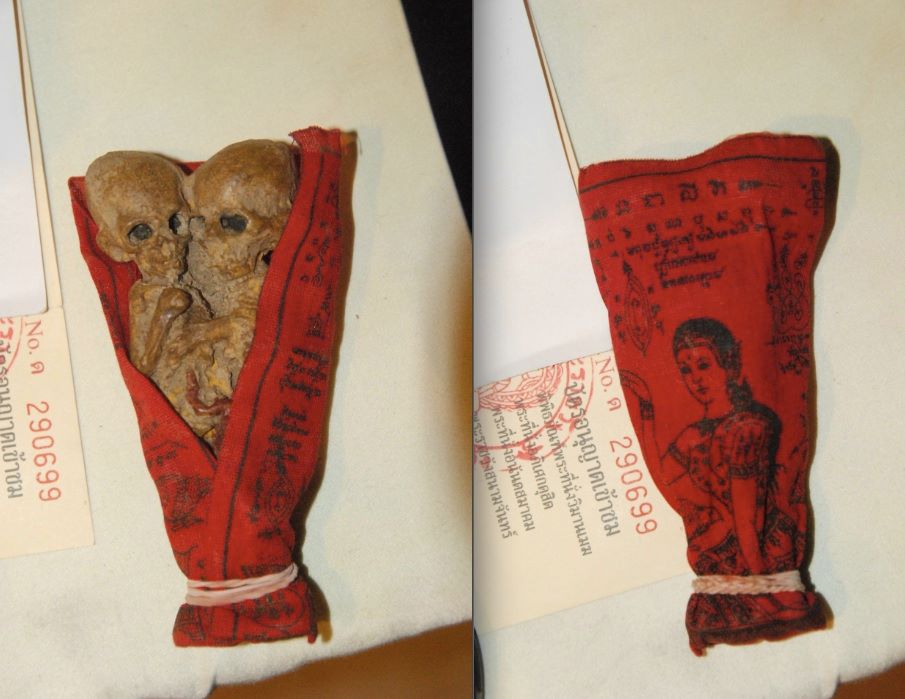The bunyip, also known as the kianpraty is a mythical
creature which originates from Australian Aboriginal mythology, and it was
first reported in the early 1800s.
The translation of the word bunyip roughly translates to “devil”
or “spirit”. In Australian folklore, the
bunyip is described as a large, grim, bloodthirsty creature that lurks in
swamps and rivers, and feasts on the flesh of animals and people who are
unlucky enough to be ambushed by it. The
bunyip is also said to have a terrifying howl which it uses to scare off
unwanted intruders.
The bunyip’s size, physical features, and environment have
varied widely from tribe to tribe, but this may be due to the Aboriginals who
spotted it, running away from it and being too scared to take a note of the creature’s
physical appearance. The bunyip is most
commonly reported to having, a horse-like tail, horns or tusks, a face like a
dog, a crocodile-shaped head, flippers, a bill that resembles the bill of a
duck, and dark fur. All of these
features describe a misshapen and grisly creature which you wouldn’t like to
come across at night, but it may also be a proof of how vastly the witness
accounts vary from each other, resulting in a strange chimera-like creature. There are also researchers who think that the
bunyip isn’t just one creature, but instead it’s a name for a group cryptid.

In Challicum, Australia, there is an outline of what is
supposed to be the image of a bunyip which measure around 11 paces long and 4
paces in breadth, which was made by the local Aboriginals. The outline wasn’t recorded until 1851, but
it’s reported that a bunyip was speared to death there after it had killed a
man, and every year, the local Aboriginals would go to the banks of the Fiery
Creek and trace the outline of where the slain bunyip once lay. Sadly, the image doesn’t exist anymore, so it
may not be a good idea to try and visit it.
Since no bunyip have ever been found or recorded, for over
150 years, non-aboriginal Australians have tried to clarify the mystery behind
the bunyip. Some believe that when seals
began making their way up the Murray and Darling rivers, that the aboriginals
were not too used to seeing these animals in the past and hearing their howling sounds, therefore as time
passed, their stories and description of the creature may have changed and become over-exaggerated as it was passed around. This assumption may be backed up by seals and
the bunyip sharing features such as their bellowing cry and smooth fur. Another theory is that the legends of the bunyip
may have been created by Aborigines who came across ancient bones from prehistoric
animals that roamed Australia, such as Thylacoleo and Diprotodon, or possibly
from the prehistoric animals themselves.
Nowadays most Australians consider the bunyip to be a mythical
creature, but stories about this creature will continue to live on.
What do you think caused the legend of the bunyip to be
created?








